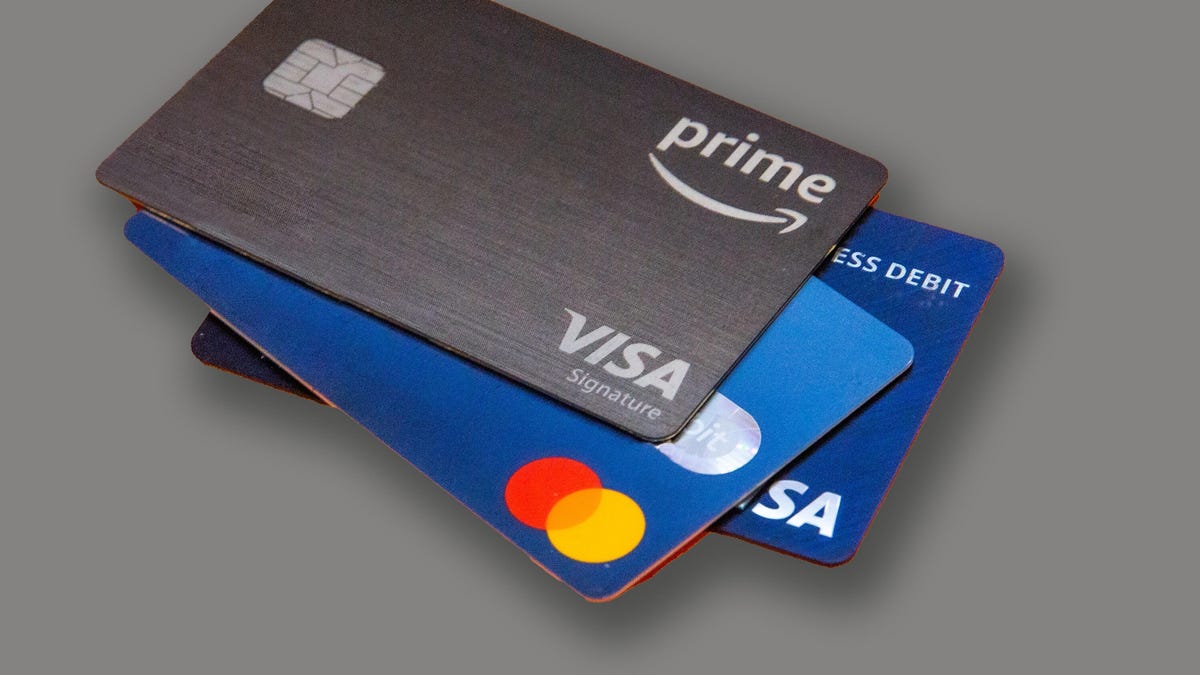 Why You Can Trust CNET
Why You Can Trust CNET Advertiser Disclosure
Your Daily Credit Card Interest Illustrates the Cost of Your Debt
If you need motivation to get out of credit card debt, see how much you're paying for it each day.

Your daily interest can put the cost of your credit-card debt in perspective.
Buy now, pay later services might be the new payment kid on the block, but credit cards still represent the bulk of consumer debt, second only to mortgages in overall household debt.
Unfortunately for credit card holders, finance charges on that debt are rising, following several Federal Reserve rate hikes this year. As the federal rate increases, so do the variable annual percentage rates of your credit cards. Unpaid balances are costing more and more in interest.
Calculating how much interest you're paying every day on your credit card balances can be a useful way to see how much your cards are costing you in plain terms, and it only takes a few minutes.
For more on managing credit card debt, learn what to do if you can't pay your credit card bill and discover the best balance-transfer credit cards for paying down your debt without interest, as well as the best credit cards for paying off debt in general.
First, find your balances and interest rates
You're going to need to start with your credit card statements to get your most recent balances and interest rates. If you don't receive statements in the mail, they should also be available on your credit card carriers' websites.
The details you'll need to collect in order to calculate your daily credit card interest are:
- Balances -- how much money you owe on each of your credit cards
- APR -- the finance rates charged by your credit card companies
Your credit card balance should be shown near the top of your statement in a section titled something like "Account Summary."
Your APR is likely further down in your statement, located in a section called something similar to "Interest Charge Calculation" that shows your finance charge for the last billing period.
Next, calculate your daily periodic credit card interest
Most credit cards compound your interest daily and charge it to your account monthly based on your average daily balance for the entire billing period. The math needed to calculate your daily credit card interest is much easier, since you're only looking at your current balance.
Start by figuring out your daily periodic interest rate. It's as simple as dividing your annual rate (the APR) by 365 -- the number of days in the year. If your annual percentage rate is 20%, your daily rate will be 20% divided by 365, or 0.055%.
Then take your daily periodic rate and multiply it by the balance on that credit card. If you owe $10,000 on that account with 20% APR, that's 0.055% x $10,000, or $5.50 in interest per day.
In short, your daily credit card interest equals (APR / 365) x your current balance.
Using real-world statistics, the average APR for credit cards that charge interest is 16.55%, per the Federal Reserve's September 2022 Consumer Credit Report. The average amount of credit card debt for Americans with outstanding balances is $6,569, according to the Q1 2022 Credit Card Market Monitor report from the American Bankers Association.
A credit card borrower with the average balance who is paying the average rate for cards with interest will be paying (16.55% / 365) x $6,569, or $2.98 per day in finance charges. While that's about the price of a tall latte at Starbucks, you're not getting any delicious drink for it. You're paying nearly $3 a day simply to maintain your level of debt. That's at least $90 a month just for the right to owe money.
If you owe balances on more than one credit card, you'll need to calculate the daily interest for each, then add them all up to figure out how much they're costing you daily.
Pro tip: Remember that percentages are expressions of fractions with denominators of 100. It's often easier to calculate percentages by dividing them by 100 to convert them to decimals. For example, 16.55% equals 16.55 / 100, or 0.1655.
If you're trying to work down your credit card debt, tracking your periodic interest can be a great motivator. In the real-world example above, if you can get your balance below $4,410, you'll be paying less than $2 in interest a day. Getting down to $2,205 will cost you less than $1 per day. Keep watching your daily interest shrink as you pay down your credit card debt, and have a big celebration on the day it hits $0.
And if you're looking to cut out credit card interest completely, check out the best credit cards with 0% intro APR periods, and pay off your balance before the promotional period expires.
The editorial content on this page is based solely on objective, independent assessments by our writers and is not influenced by advertising or partnerships. It has not been provided or commissioned by any third party. However, we may receive compensation when you click on links to products or services offered by our partners.

